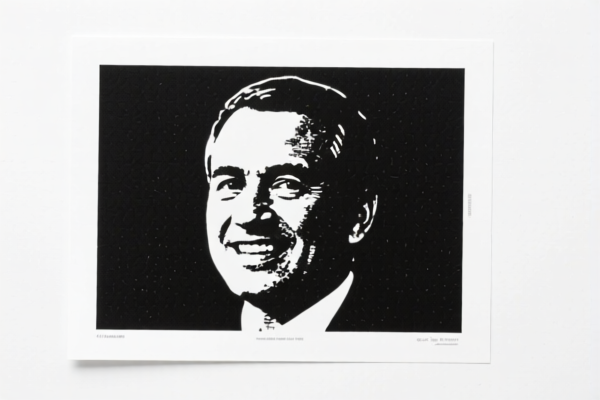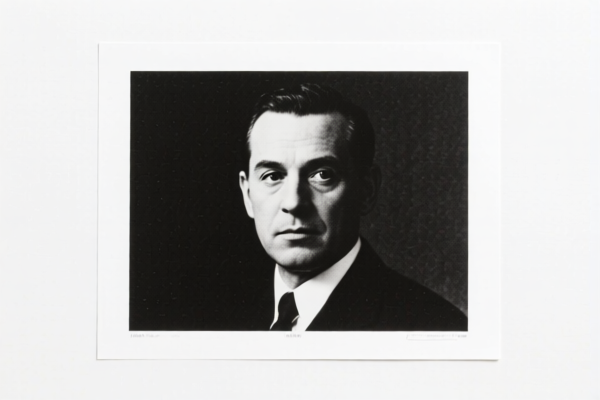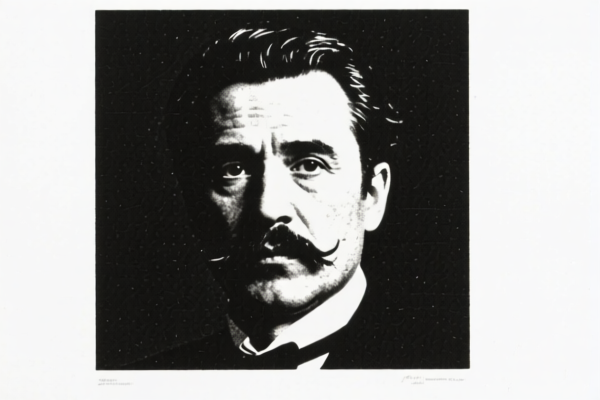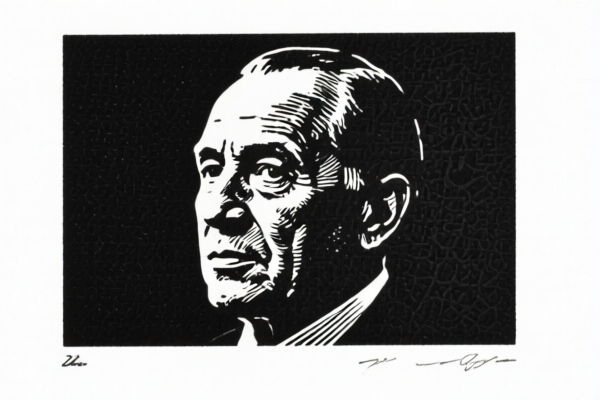| HS Code | Official Doc | Tariff Rate | Origin | Destination | Effective Date |
|---|---|---|---|---|---|
| 3919102055 | Doc | 60.8% | CN | US | 2025-05-12 |
| 3919905060 | Doc | 60.8% | CN | US | 2025-05-12 |
| 3921904010 | Doc | 34.2% | CN | US | 2025-05-12 |
| 3921904090 | Doc | 34.2% | CN | US | 2025-05-12 |




Hanging Film
Hanging film refers to a variety of thin, flexible materials used to create temporary or semi-permanent visual displays, often suspended from ceilings, walls, or other structures. The term broadly encompasses several specific products with differing compositions and applications.
Material
The composition of hanging film varies significantly depending on its intended use. Common materials include:
- Polyester (PET): A durable, lightweight plastic commonly used for graphics and signage. Often coated for printability and UV resistance.
- Polypropylene (PP): A lighter and more economical plastic, suitable for shorter-term displays.
- Vinyl: Used for more durable and weather-resistant applications, often featuring adhesive backings.
- Fabric: Often polyester-based, used for banners, backdrops, and decorative installations. Can be transparent or opaque, and may be treated for flame retardancy.
- Non-woven fabric: Lightweight and cost-effective, frequently used for large-format displays and event décor.
- Translucent materials: Including specialized plastics and fabrics designed to diffuse light when backlit.
Purpose
The primary purpose of hanging film is visual communication and aesthetic enhancement. Specific applications include:
- Retail displays: Promoting products and creating visually appealing store environments.
- Event décor: Creating immersive environments for concerts, trade shows, and festivals.
- Trade show backdrops: Providing branded backgrounds for booths.
- Signage: Directional signs, banners, and promotional messaging.
- Photography backdrops: Creating customized backgrounds for photoshoots.
- Stage design: Creating visual elements for performances.
- Architectural features: Temporary or semi-permanent installations in public spaces.
Function
Hanging film functions as a visual medium, utilizing printed graphics, patterns, or solid colors to convey information or create an aesthetic effect. Key functional aspects include:
- Light transmission: Some films are designed to allow light to pass through, creating backlit effects.
- Printability: Most hanging films are receptive to various printing methods, including digital printing and screen printing.
- Flexibility: The flexibility of the material allows it to be draped, folded, or shaped to create different visual effects.
- Durability: The durability of the film determines its suitability for indoor or outdoor use, and its resistance to tearing or damage.
- Fire retardancy: Important for safety, particularly in public spaces.
Usage Scenarios
- Indoor retail environments: Hanging film banners and graphics are commonly used to promote sales, highlight new products, or create seasonal displays.
- Trade shows and exhibitions: Large-format hanging backdrops and signage are used to attract attention and brand booths.
- Concerts and festivals: Fabric and translucent films are used to create immersive visual environments and stage designs.
- Photography studios: Backdrops are used to create customized backgrounds for photoshoots.
- Pop-up shops and events: Temporary installations are used to create visually appealing environments.
- Architectural spaces: Hanging film can be used to create temporary or semi-permanent installations in public spaces.
Common Types
- Fabric Backdrops: Polyester-based fabric, often wrinkle-resistant and machine washable.
- Vinyl Banners: Durable and weather-resistant, suitable for both indoor and outdoor use.
- Mesh Banners: Perforated vinyl, allowing wind to pass through, ideal for outdoor applications.
- Translucent Backdrops: Designed for backlit applications, often used with LED lighting.
- Stretch Fabric Graphics: Polyester fabric stretched over a frame, creating a seamless and professional look.
- Non-woven Fabric Backdrops: Lightweight and cost-effective, often used for large-format displays.
- Satin Backdrops: Polyester-based fabric with a smooth, glossy finish.
- Chromakey Backdrops: Green or blue fabric used for video and photography compositing.
Based on the provided information, “hanging film” can be classified under several HS codes, depending on its specific characteristics. Here’s a breakdown of potential classifications:
-
3919102055: This HS code covers self-adhesive plates, sheets, film, foil, tape, strip and other flat shapes, of plastics, whether or not in rolls, specifically those in rolls of a width not exceeding 20 cm, categorized as “Other Other: Other”. This applies if the hanging film is self-adhesive and in rolls less than 20cm wide. The total tax rate is 60.8%, comprised of a 5.8% base tariff and a 25.0% additional tariff, increasing to 30% after April 2, 2025.
-
3919905060: This HS code also covers self-adhesive plates, sheets, film, foil, tape, strip and other flat shapes, of plastics, whether or not in rolls, categorized as “Other: Other Other”. This applies if the hanging film is self-adhesive but not in rolls of a width not exceeding 20 cm. The total tax rate is 60.8%, comprised of a 5.8% base tariff and a 25.0% additional tariff, increasing to 30% after April 2, 2025.
-
3921904010: This HS code covers other plates, sheets, film, foil and strip, of plastics, specifically those categorized as “Other: Other: Flexible Reinforced with paper”. If the hanging film is a flexible plastic sheet reinforced with paper, this HS code applies. The total tax rate is 34.2%, comprised of a 4.2% base tariff and a 0.0% additional tariff, increasing to 30% after April 2, 2025.
-
3921904090: This HS code covers other plates, sheets, film, foil and strip, of plastics, specifically those categorized as “Other: Other: Flexible Other”. If the hanging film is a flexible plastic sheet without paper reinforcement, this HS code applies. The total tax rate is 34.2%, comprised of a 4.2% base tariff and a 0.0% additional tariff, increasing to 30% after April 2, 2025.
Chapter 39 covers plastics and articles thereof. Chapter 39, Heading 19 specifically covers self-adhesive plates, sheets, film, foil, tape, strip and other flat shapes of plastics. Chapter 39, Heading 21 covers other plates, sheets, film, foil and strip, of plastics.
It is important to determine whether the hanging film is self-adhesive and whether it is reinforced with paper to select the correct HS code.
Customer Reviews
No reviews yet.